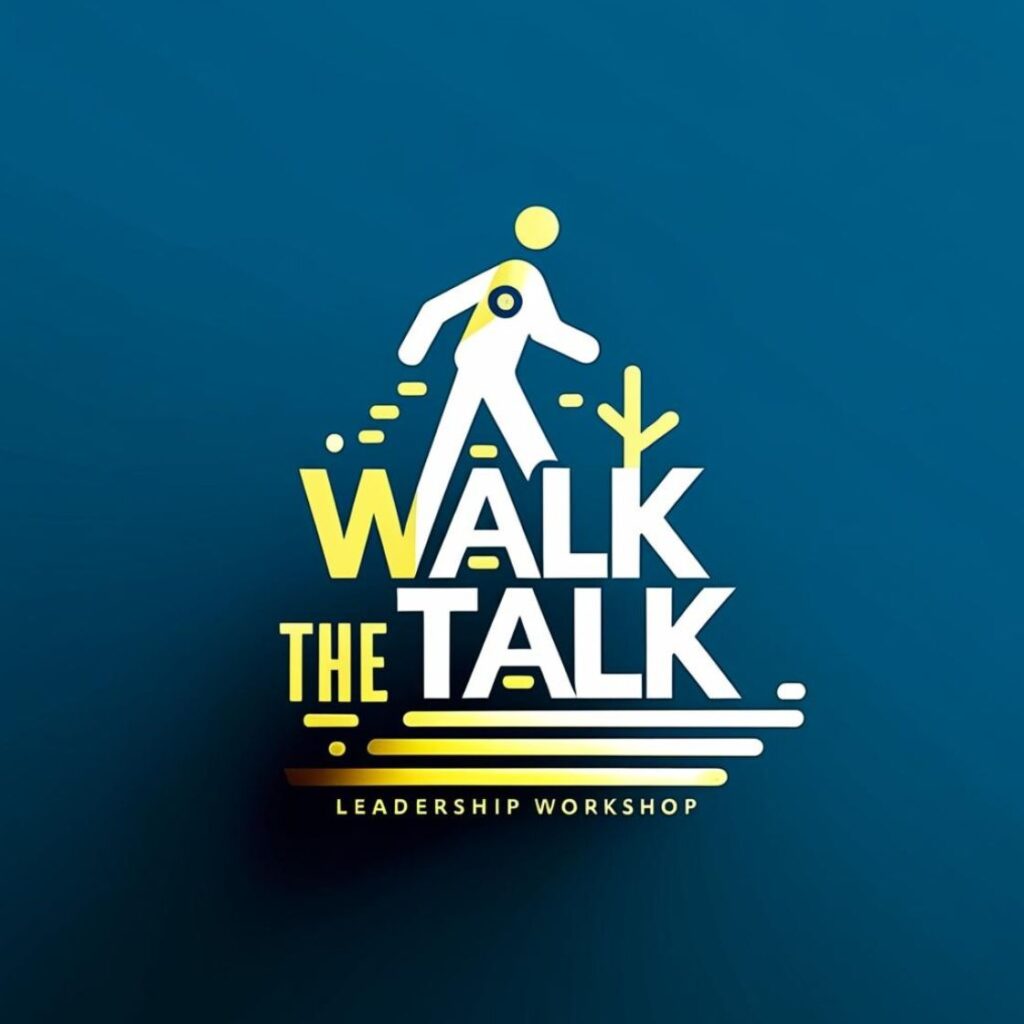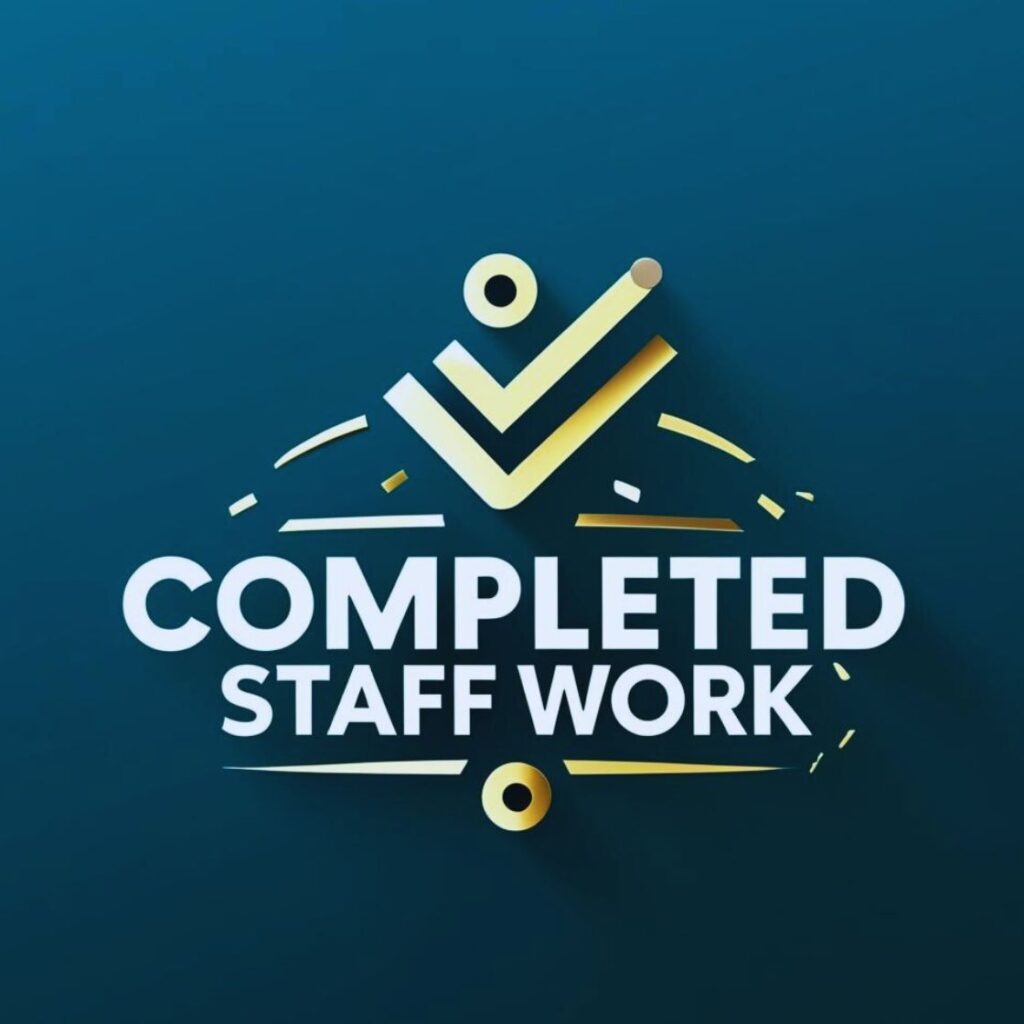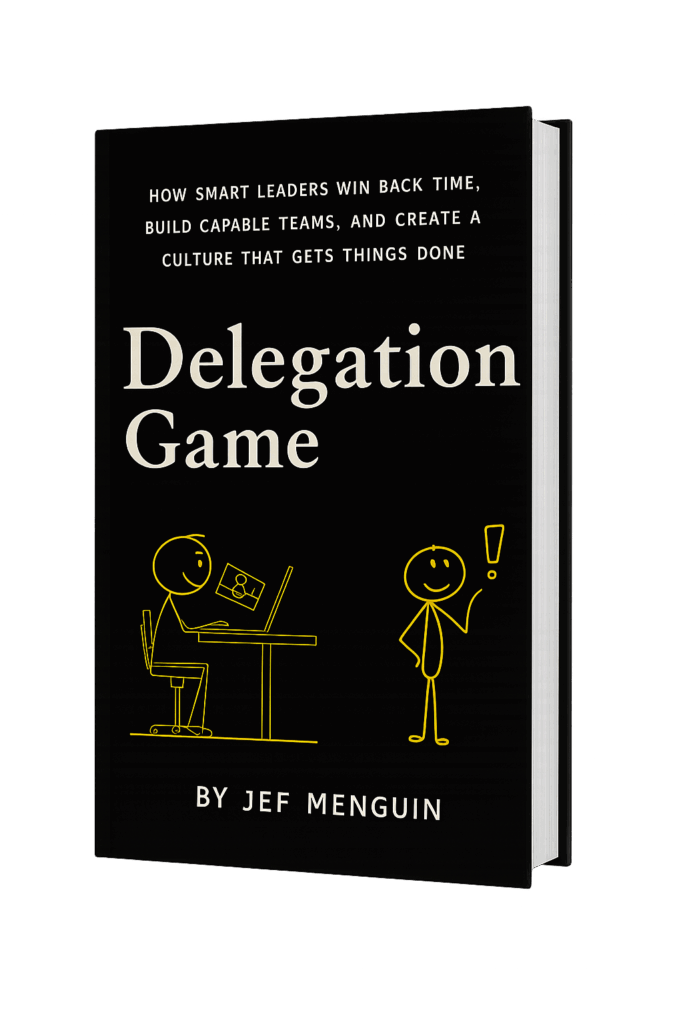Leadership inclusivity isn’t just a nice-to-have; it’s a must-have. It’s like making sure every guest at your dinner party feels welcomed, heard, and valued. When leaders embrace this, they unlock the potential of everyone in their team, and that’s a game changer.
In this article, we will explore how to make leadership inclusivity work for you.
What is Leadership Inclusivity?
Simply put, leadership inclusivity is about making sure everyone in a team, no matter their background, feels valued and has a fair chance to grow. It’s more than just having a mix of people; it’s about listening to them, understanding them, and giving everyone a seat at the table.
Why Does It Matter for Filipino Companies?
New Ideas: Different people bring different ideas. This means better solutions and more creativity.
Connect with More Customers: An inclusive company understands more types of customers and can serve them better.
Happy Teams: When people feel included, they’re happier and more likely to stay with the company.
Embracing diversity in leadership just makes sense. In the next sections, we’ll explore the eight key parts of leadership inclusivity to help your company shine.

Awareness and Recognition
Awareness and recognition in leadership means understanding and admitting that there are biases and unfair practices at play in the workplace. Leaders need to be self-aware, accept these truths, and constantly learn to ensure everyone is treated fairly.
Without being aware of these issues, companies might accidentally promote or support unfair practices. This can hurt employees and the company’s reputation. But when leaders recognize and address these biases, they build trust and a more harmonious work environment.
–
Juan, a manager at a Manila-based tech firm, notices that during team meetings, ideas from female team members often get overshadowed or aren’t given enough attention. Concerned, he decides to review past meeting records and realizes there’s a pattern: often, when a woman presents an idea, it’s briefly discussed but then brushed aside. On reflection, Juan recognizes that there might be unconscious biases at play.
To address this, Juan starts by ensuring that everyone on the team has an equal chance to voice their opinions. He sets a rule that when someone is presenting an idea, they are given uninterrupted time. After each presentation, there’s a dedicated discussion period.
Juan also encourages quieter members to share their thoughts and ensures their ideas are considered seriously. Over time, team dynamics shift, and everyone feels their input is valued.
Terms to Know:
- Unconscious Bias: Biases we have that we’re not aware of. These can affect our decisions and actions.
- Equal Voice: Ensuring everyone has an equal chance to share and be heard.
Steps Taken by Juan
- Recognized a problem by reviewing meeting records.
- Identified potential unconscious biases.
- Implemented meeting rules to ensure everyone gets an equal voice.
- Encouraged participation from all team members.
Representation
Representation in leadership means making sure that people from different backgrounds, experiences, and perspectives hold important roles in a company. This is not just about numbers; it’s about valuing diverse viewpoints and ensuring they’re part of big decisions.
Companies that prioritize representation in leadership often make better decisions because they see things from many angles. They can connect with a wider range of customers and clients. Plus, when employees see diverse leaders, they feel that there’s a place for them at the top too.

Workplace Scenario
Maria manages the HR department of a well-known retail company in Metro Manila. She notices that while the employee base is diverse, the higher management positions are mostly held by people from similar backgrounds. Maria feels that this might be limiting the company’s growth and the range of ideas they generate.
She proposes a new recruitment and promotion strategy that focuses on diversity. This involves offering leadership training to existing employees from varied backgrounds and reaching out to diverse talent pools when hiring.
Over time, the company starts to see a change in its leadership dynamics. The decision-making process improves, discussions become richer, and the company even starts attracting a broader customer base.
Terms to Know
- Diverse Talent Pool: A group of potential employees with varied backgrounds, experiences, and perspectives.
- Leadership Training: Programs designed to equip employees with the skills to take on bigger roles in a company.
Steps Taken by Maria
- Noticed the lack of diversity in leadership positions.
- Proposed a new strategy focusing on diverse recruitment and promotions.
- Offered leadership training to diverse internal candidates.
- Reached out to diverse talent pools for hiring.
Empowerment
Empowerment in leadership is about giving all team members the tools, resources, and opportunities they need to do their best work and grow in their roles. It’s about making sure everyone, regardless of their background, can succeed and thrive.
When employees feel empowered, they are more motivated, productive, and loyal to the company. They bring their best selves to work, leading to improved team performance and better results for the business. Moreover, empowerment helps to reduce employee turnover, as people feel valued and see growth opportunities within the organization.
Workplace Scenario
Rico is a supervisor at a manufacturing company in Quezon City. He notices that some of his team members, especially those who have recently joined, hesitate to take initiative or make decisions. Upon talking to them, he learns that they’re afraid of making mistakes because past supervisors punished them for it.
Wanting to change this, Rico introduces an “open-door policy” where team members can approach him with ideas, concerns, or questions without fear. He also organizes regular training sessions to upskill his team and boost their confidence.
With time, the team becomes more proactive, and productivity sees a noticeable increase.
Terms to Know
- Open-door Policy: A management approach where employees are encouraged to discuss issues and ideas directly with their supervisors.
- Upskilling: Training employees in new skills or improving their existing skills.
Steps Taken by Rico
- Identified the hesitation and fear among team members.
- Introduced an open-door policy to encourage communication.
- Organized training sessions to upskill the team.
- Fostered an environment where employees felt safe to take initiative.

Active Listening
Active listening is when leaders truly focus on understanding what someone is saying, rather than just hearing their words. It involves paying full attention, not interrupting, and responding thoughtfully to what is being shared.
Active listening builds trust. When employees feel genuinely heard, they are more open, honest, and willing to share ideas or concerns. This leads to better communication, stronger team dynamics, and improved problem-solving within a company.
Workplace Scenario
Lena, a store manager in Makati, notices a drop in the morale of her staff. Instead of making assumptions or implementing random changes, she holds one-on-one sessions with her team members. During these meetings, she refrains from interrupting or jumping to conclusions. She listens attentively to each individual’s concerns, asks clarifying questions, and ensures she fully understands their points of view.
As a result of these sessions, Lena identifies a common concern about work schedules and a need for more flexible hours. She then adjusts the scheduling system to better accommodate her team’s needs. The team’s morale improves, and they feel valued and heard.
Terms to Know
- Clarifying Questions: Questions asked to better understand a statement or to get more information.
- Flexible Hours: A scheduling system that allows employees to choose their working hours within certain limits.
Steps Taken by Lena
- Recognized a decline in team morale.
- Held one-on-one sessions to actively listen to her staff’s concerns.
- Asked clarifying questions to ensure full understanding.
- Made changes to address the identified concerns, improving the overall workplace environment.
Cultural Intelligence
Cultural Intelligence, often referred to as CQ, is the ability to understand, adapt to, and work effectively within different cultural contexts. It involves recognizing cultural differences, understanding their impact, and adjusting one’s behavior accordingly.
In an interconnected world and especially in a diverse country like the Philippines, companies often have a mix of employees from different backgrounds, regions, and beliefs. High CQ ensures that leaders can bridge cultural gaps, making sure everyone feels understood and valued. This leads to better team collaboration, improved client relations, and a more inclusive work environment.
Workplace Scenario
Carlos, a team leader in a BPO company in Ortigas, leads a team with members from various Philippine provinces, each bringing their own unique cultural nuances. He realizes that misunderstandings occasionally arise due to these cultural differences.
To address this, Carlos takes a course on Cultural Intelligence. He learns about different Filipino subcultures, communication styles, and regional values. Using this knowledge, he initiates team-building sessions where members share their cultures, traditions, and personal experiences. This creates an environment of mutual respect and understanding.
Months later, team cohesion is at an all-time high. Members appreciate each other’s backgrounds and bring diverse perspectives to projects, enriching their collective output.
Terms to Know
- CQ (Cultural Intelligence): The ability to relate and work effectively across different cultural settings.
- Subcultures: Smaller groups within a culture that have their own shared values, customs, and beliefs.
Steps Taken by Carlos
- Recognized the cultural differences and occasional misunderstandings within his team.
- Educated himself on Cultural Intelligence and Filipino subcultures.
- Organized team-building sessions focusing on cultural sharing and understanding.
- Promoted an environment of mutual respect, enhancing team collaboration.
Flexible and Adaptive Policies
Flexible and adaptive policies refer to the ability of a company to adjust its rules and procedures based on changing circumstances or the unique needs of its employees. Instead of a rigid, one-size-fits-all approach, these policies are malleable and can evolve as situations change.
The business world is dynamic, and what works today might not necessarily work tomorrow. Moreover, a diverse workforce means diverse needs. By adopting flexible and adaptive policies, companies can respond quickly to changes, address individual employee needs, and ensure a more harmonious and productive work environment.
Workplace Scenario
Joyce, the HR head of a digital marketing agency in Bonifacio Global City, receives feedback that the company’s strict 9-to-5 work hours are causing stress among some employees, particularly those with long commutes or family responsibilities.
Recognizing the need for change, Joyce proposes a flexi-time policy, allowing employees to start their day anytime between 7 am to 10 am, as long as they complete the required work hours. She also introduces the option of remote work for certain days, after considering the nature of tasks and team dynamics.
These new policies are a hit. Employees feel more in control of their schedules, leading to improved work-life balance and higher job satisfaction. The company even notices a decrease in tardiness and absenteeism.
Terms to Know
- Flexi-time Policy: A flexible working hours policy that allows employees to choose their start and end times, within certain limits.
- Remote Work: Working from a location other than the official workplace, typically from home.
Steps Taken by Joyce
- Gathered feedback on the company’s strict working hours.
- Proposed and implemented a flexi-time policy.
- Introduced the option for remote work based on task nature and team needs.
- Monitored the positive impact on employee well-being and company productivity.
Open Dialogue
Open dialogue is the practice of fostering a work environment where employees feel safe and encouraged to voice their thoughts, opinions, and concerns without fear of repercussions. It emphasizes transparent communication, mutual respect, and the willingness to both speak and listen.
For a company to thrive, it’s crucial that everyone feels they have a voice. Open dialogue ensures that ideas aren’t stifled and that potential problems are addressed early. This leads to better decision-making, improved morale, and a sense of unity within teams. It also builds trust between leadership and staff, ensuring that everyone feels they are a valued part of the organization.
Workplace Scenario
Miguel, a department head at a publishing house in Mandaluyong, senses a growing unease among his team members about upcoming changes in the company. Instead of letting rumors spread, Miguel arranges a town hall meeting. He presents the planned changes transparently, explains the reasons behind them, and then opens the floor for questions and feedback.
During the discussion, some employees voice their concerns, while others offer suggestions. Miguel listens attentively, addressing each point and promising to consider the feedback in final decision-making. The result? A more informed and cohesive team that feels involved in the company’s direction.
Terms to Know
- Town Hall Meeting: An informal public meeting where information is shared and feedback from participants is encouraged.
- Transparent Communication: Sharing information openly and honestly, ensuring everyone is informed.
Steps Taken by Miguel
- Recognized the team’s unease about impending changes.
- Organized a town hall meeting for open dialogue.
- Presented the changes transparently and explained their rationale.
- Encouraged feedback and used it to inform the final decisions.

Accountability
Accountability in leadership involves taking responsibility for one’s actions and decisions, and ensuring that commitments and promises are followed through. It also means holding others accountable in a constructive manner, ensuring that team members meet their responsibilities and uphold the values and standards of the organization.
A culture of accountability builds trust, both within teams and with external stakeholders. When leaders and employees consistently deliver on their promises and take ownership of their mistakes, it boosts confidence in the organization’s reliability and integrity. This results in improved team cohesion, better performance, and increased stakeholder trust.
Workplace Scenario
Diana, the general manager of a hotel in Pasay, noticed a decline in customer satisfaction ratings. Upon investigation, she realized that certain commitments made to guests weren’t consistently met. Instead of placing blame, Diana called a staff meeting. She acknowledged areas where management could have provided clearer guidance and resources, and emphasized the importance of upholding the hotel’s promise to its guests.
She then introduced a system where each department had clear deliverables and check-ins to review performance. Employees were encouraged to speak up if they felt they lacked the resources or knowledge to meet their commitments. Over time, customer satisfaction improved, and the team felt a renewed sense of pride and responsibility in their roles.
Terms to Know
- Deliverables: Specific tasks or outputs that need to be completed within a set timeframe.
- Check-ins: Regular meetings or reviews to monitor progress and address any challenges.
Steps Taken by Diana
- Identified the issue of declining customer satisfaction.
- Acknowledged leadership’s role and emphasized collective responsibility.
- Introduced clear deliverables for each department with regular check-ins.
- Fostered an environment where employees felt supported and accountable.
In Conclusion
Leadership inclusivity isn’t just a buzzword; it’s an essential framework for building resilient, productive, and harmonious teams in today’s diverse and dynamic workplaces. By understanding and integrating the components we’ve discussed – from awareness and recognition to accountability – leaders can create environments where every individual feels valued, heard, and empowered.
The beauty of inclusive leadership is that it not only benefits individual employees but also the organization as a whole. When everyone feels they belong, teams collaborate better, innovative ideas flow freely, and overall productivity soars.
However, leadership inclusivity is a journey, not a destination. As the business landscape evolves, so should our understanding and application of inclusive leadership practices.
We would love to hear your thoughts on this topic. Have you witnessed or implemented any of these components in your workplace? Do you have additional insights or experiences to share? Your perspective enriches the conversation and helps us all grow.
If you found value in this article, please consider sharing it in your company newsletters. It’s a fantastic resource to spark dialogue on the significance of inclusive leadership. Additionally, feel free to forward it to friends, co-workers, or anyone you believe would benefit from understanding the key components of leadership inclusivity.
Remember, leadership is not about holding a position but about making a positive difference. Let’s collectively strive for a more inclusive, understanding, and collaborative work culture.



